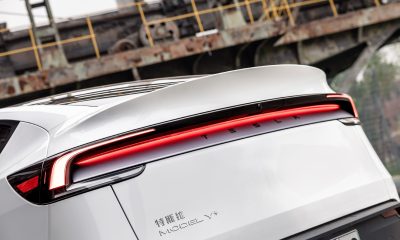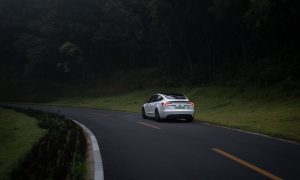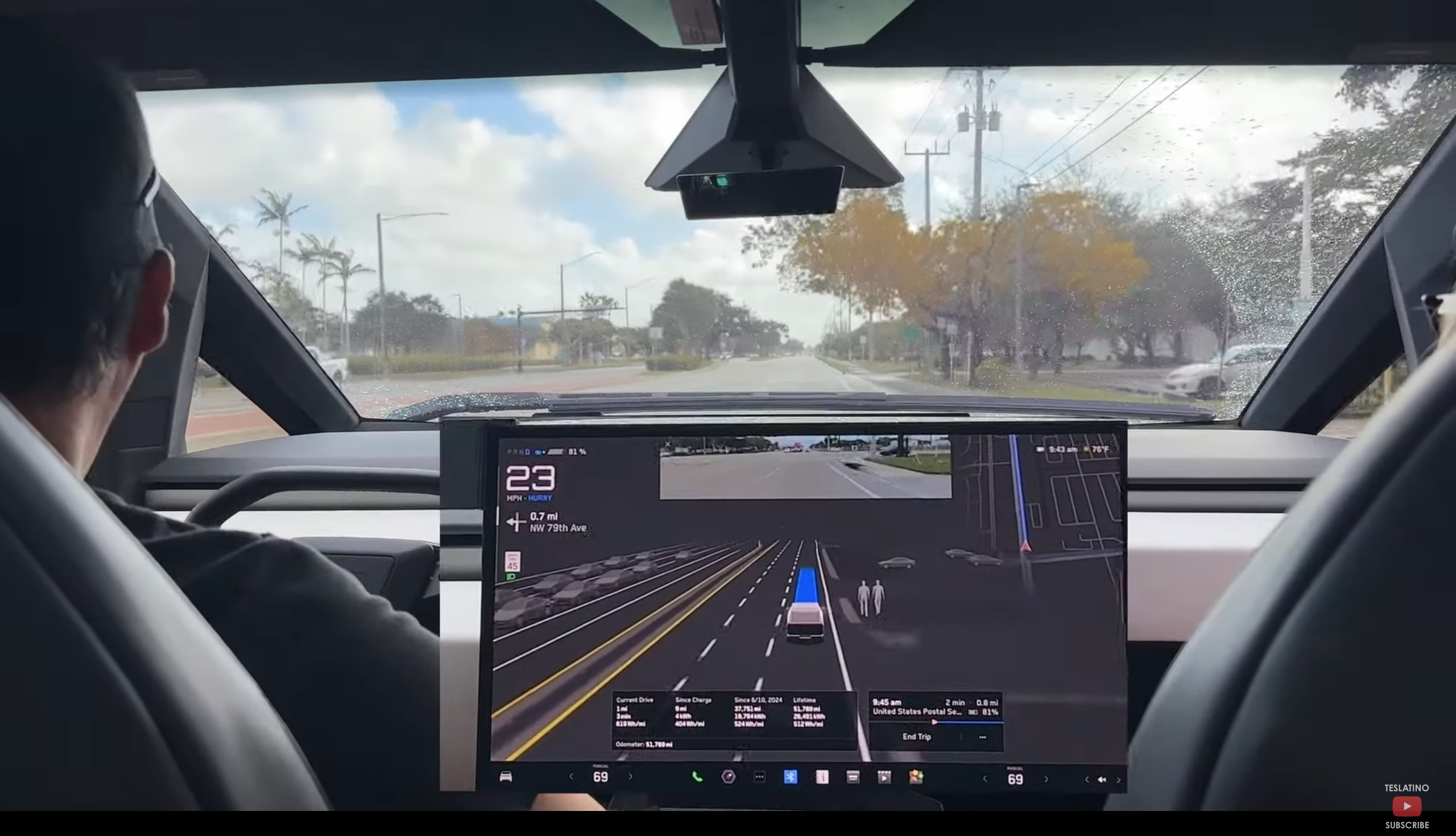

News
Tesla rolls out latest FSD version, shares upcoming HW3 deployment plans
Tesla has begun rolling out its latest version of Full Self-Driving (FSD) Supervised this week to those with its most recent computer hardware, along with providing an update on when those with older FSD computers can expect new updates.
While Tesla began rolling out its FSD Supervised v13 a couple of weeks ago, the company has begun a wider rollout of its latest version, FSD Supervised v13.2.1, to those with Hardware 4 (HW4), or AI4, computers, as confirmed by Autopilot program lead Ashok Elluswamy on X on Monday.
Those with Hardware 3 (HW3)—often called AI3 after Elon Musk dubbed upcoming the FSD computers with AI rather than HW during this year’s Shareholder Meeting—are also set to get a new version before the end of the year, according to Elluswamy.
“FSD v13.2.1 is now rolling out wide to AI4 customers! That plus the holiday vehicle software update is coming within a week,” he wrote. “Team’s working on a much updated v12.6 for AI3 customers by end of this year.”
READ MORE ON TESLA’S FSD SUPERVISED: Tesla is working on new parking features for Full Self-Driving
The news comes as many Tesla owners with older vehicles have criticized the company for rolling out new, well-performing FSD Supervised versions only to those with newer vehicles and internal computers, with Elluswamy’s response highlighting that the company is still debuting new versions for those with the older hardware.
Although Musk also said during the meeting that there was a slight chance that Unsupervised FSD may never be able to run on AI3 vehicles, he emphasized that, if that were the case, Tesla would upgrade AI3 vehicles whose owners purchased FSD. The Tesla CEO has also said that AI5 is expected to be used in Optimus and all newly produced cars by the end of 2025.
Initial reviews of Tesla’s FSD Supervised v13
Tesla’s FSD Supervised v13.2.1 follows the debut of v13 and v13.2, which have been garnering positive reviews since the initial version was first launched just weeks ago. In addition to going from park-to-park in the v13 suite, the software has been spotted navigating some tricky situations that past versions didn’t seem to be capable of handling.
Early reviews of FSD Supervised v13.2.1 have been similar, with some sharing video of their cars avoiding road obstacles, cautiously navigating around other vehicles making traffic violations, and more while using the software. You can see one particular review below, courtesy of X user Greggertruck, who was using the software while driving his Cybertruck.
Cybertruck just totally avoided some junk in the turn lane, waiting to switch until it passed. ? Obstacle avoidance seems improved in FSD V13.2.1 you’re wild @Tesla_AI pic.twitter.com/zajda8jRvK
— Greggertruck (@greggertruck) December 16, 2024
Tesla has been rolling out Cybertruck FSD updates at slightly different times than for most other AI4 vehicles, and the recent release of v13.2.1 also came with slightly different release notes than those seen in Model Y and other vehicles.
FSD 13.2.1 release notes Y vs Cybertruck
Same FSD release, different release notes pic.twitter.com/mmTmBIEP28— Dirty Tesla (@DirtyTesLa) December 15, 2024
For one, the release notes don’t include the integrated unpark, reverse, and park capabilities that make the version go from “park-to-park.” Additionally, it doesn’t feature the highly anticipated Actually Smart Summon, which is expected to come with a future update.
You can watch more footage of early FSD Supervised v13.2.1 experiences below from Teslatino, who uses the software to drive to the Post Office in his Cybertruck.
What are your thoughts? Let me know at zach@teslarati.com, find me on X at @zacharyvisconti, or send us tips at tips@teslarati.com.
Tesla highlights FSD safety in edge case test videos
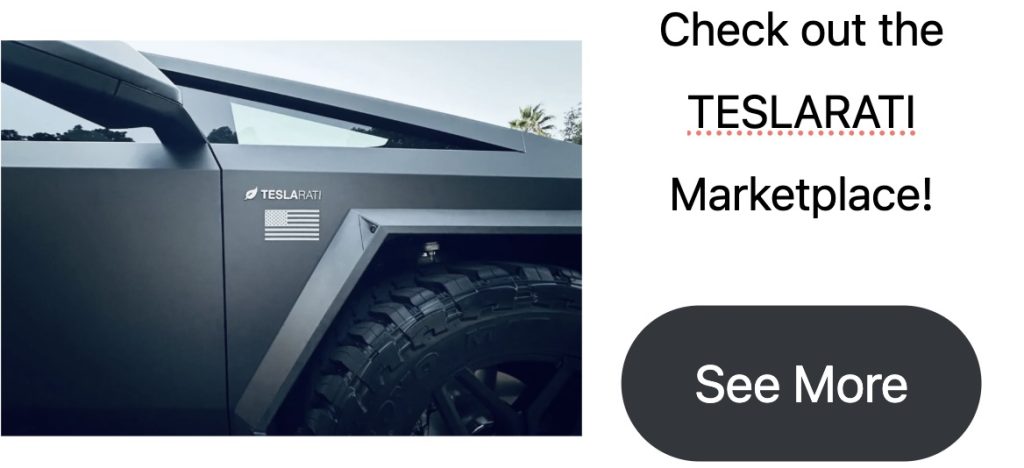
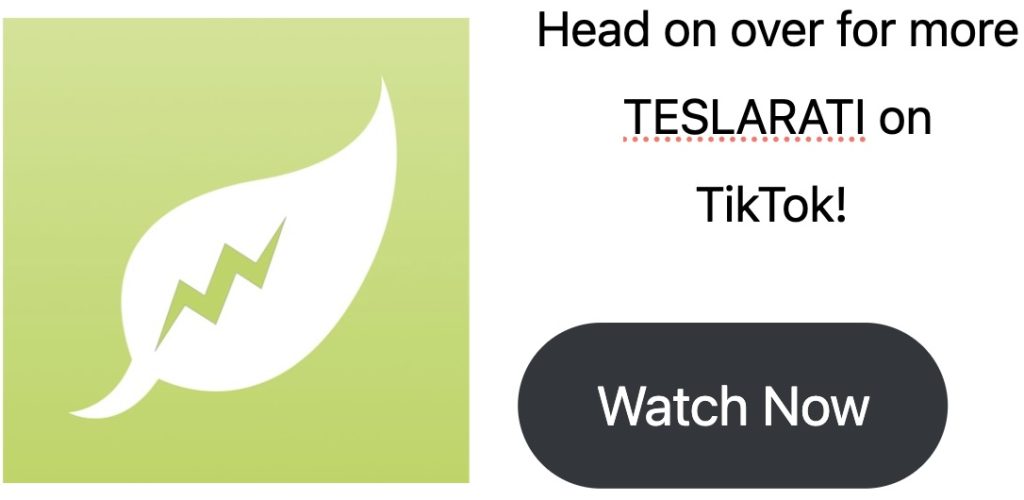
Elon Musk
Elon Musk confirms Grok 4 launch on July 9 with livestream event
The rollout will be accompanied by a livestream at 8 p.m. Pacific Time.

Elon Musk has officially confirmed that Grok 4, the latest version of xAI’s large language model, will launch on July 9. The rollout will be accompanied by a livestream at 8 p.m. Pacific Time, hosted on xAI’s official account on X.
xAI goes straight to Grok 4
Back in May, leaks indicated that xAI was getting ready to ship Grok 3.5. Considering Musk’s recent comments, however, it appears that the artificial intelligence startup would be focusing on the large language model’s fourth iteration instead. As noted in a Financial Express report, users on X have sighted references to Grok 4 in the lead up to the update’s launch, such as “grok-4-prod-mimic” and “Grok 4 Code.”
Musk’s Grok 4 announcement comes as AI competition intensifies between major players including OpenAI, Google, and xAI. With Musk’s Colossus supercomputer fully operational in Memphis, xAI appears to be accelerating its AI product roadmap.
Musk pushes Grok toward political neutrality
Grok 4’s launch also follows a recent controversy involving political bias, as noted in a CNN report. Last week, Grok responded to a user on X stating that political violence in the U.S. since 2016 had come more from the political right than the left. The chatbot noted in a later reply that its answer was based on information from sources like Reuters, the Journal of Democracy, and University of Maryland studies.
Musk stated that Grok’s response was a “major fail.” “Major fail, as this is objectively false. Grok is parroting legacy media. Working on it,” he wrote in a post on X. By the end of June, Musk noted that he was “grinding all night with the xAI team” and that they were making “good progress.” He also stated that the model “Will be called Grok 4. Release just after July 4th. Needs one more big run for a specialized coding model.”
News
Tesla opens massive solar Supercharger station in California
The Supercharger opened to customers ahead of Fourth of July weekend, while Tesla continues phase two of construction on the site.

Tesla has officially launched the first several Supercharging posts at a massive station in California, notably including solar canopies and grid-scale batteries to offer completely renewable charging.
Last week, Tesla announced on X that it opened the first 84 Supercharger stalls of a planned 168-stall station in Lost Hills, California. Additionally, the massive Supercharger project features 11MW of solar canopies and 10 Megapack batteries for off-grid charging powered entirely by solar energy.
Tesla completed the first phase of the project just days ahead of the busy Fourth of July holiday weekend, adding that initial construction took just eight months. In addition to the remaining charging stalls, Tesla says it’s building a set of lounge areas, renderings of which can be seen below alongside current photos of the site.
Notably, the site also includes V4 charging posts for the company’s latest available charging speeds, and it’s located near the busy junction between I-5 and Highway 46 in Kern County.
“Thank you [Kern County] and [PG&E] for collaboration and approvals,” Tesla wrote in a follow-up post.

Credit: Tesla Charging | X

Credit: Tesla Charging | X

Credit: Tesla Charging | X

Credit: Tesla Charging | X
Tesla Supercharger Maps for North America, Europe, and Asia pic.twitter.com/0U5r0XRPyo
— TESLARATI (@Teslarati) July 2, 2025
READ MORE ON TESLA SUPERCHARGERS: Tesla launches ultra-fast V4 Superchargers in China for the first time
Testing at the LA Diner, plus Musk update on potential Tesla solar Gigafactory
The huge Tesla Supercharger station completed phase one of construction fairly quickly, especially given how long Tesla has been working on its unique Los Angeles diner, drive-in, and Supercharger location. Still, the company was seen performing some testing at the nearly-completed charging station earlier this month, and will reportedly be holding a job fair.
Elon Musk also responded on Monday morning to a post on X, suggesting that Tesla is “thinking about” building a U.S.-based solar Gigafactory in order to help support increased power needs with AI growth, and to bolster domestic solar production.
Tesla is building a new UFO-inspired Supercharger in the heart of Alien country
News
Tesla driver walks away from major accident with minor injuries
The driver sustained only minor injuries, and the exact cause of the crash remains under investigation.

The driver of a Tesla Model Y survived and walked away from a harrowing accident on Monday in California, only sustaining minor injuries despite the vehicle being impaled by a guardrail.
On Monday morning around 4:34 a.m., the Los Banos division of the California Highway Patrol (CHP) responded to the accident on I-5 near Panoche Road, involving a 23-year-old in a Tesla Model Y. According to a post on social media, the driver veered off the road for unknown reasons in the northbound lane, before crashing directly into the guardrail and impaling the vehicle.
You can read the full message and photos from Los Banos CHP below, as were shared in a Facebook post on Monday afternoon.
This morning a Tesla model y was traveling in the #1 northbound lane of I-5 north of Panoche Rd. For unknown reasons driver allowed V-1 to veer off the roadway, travel through a dirt center divide, and crashed into the fixed metal guardrail. Lucky for the driver he only sustained minor injuries and was able to walk away. Driving a vehicle requires 100% attention to the road. Avoid distractions and focus on driving.

Credit: CHP Los Banos (via Facebook)

Credit: CHP Los Banos (via Facebook)

Credit: CHP Los Banos (via Facebook)
In a statement to SFGate, CHP officer Myles Anderson said that the driver only sustained minor injuries, while no arrests are made and drugs and alcohol are not suspected to have been involved. The report also notes that Tesla’s “cruise control and lane assistance features” were activated, according to Anderson. However, it’s not entirely clear if this is referring to Supervised Full Self-Driving (FSD), or to the cruise control and lane assist features baked into Autopilot.
At the time of writing, CHP has not yet responded to Teslarati’s request for clarification and additional details on the matter.
Tesla Crash Safety Ratings across its lineup: pic.twitter.com/ny30R7ceji
— TESLARATI (@Teslarati) July 1, 2025
READ MORE ON TESLA SAFETY: Tesla rolls out crucial new safety feature aimed at saving children
The news comes after Tesla has touted its vehicles as incredibly safe for many years. In December, for example, the company highlighted receiving top safety scores from regulators on four different continents throughout the world, including from the National Highway Traffic Safety Administration (NHTSA) and the Insurance Institute of Highway Safety (IIHS) in the U.S.
Tesla has also listed the goal of making its vehicles the safest on the road throughout the years, both in the overall design of its vehicles and in its Autopilot and Full Self-Driving (FSD) programs.
Tesla Model 3 ranks as the safest new car in Europe for 2025, per Euro NCAP tests
-

 Elon Musk1 week ago
Elon Musk1 week agoTesla investors will be shocked by Jim Cramer’s latest assessment
-

 News2 weeks ago
News2 weeks agoTesla Robotaxi’s biggest challenge seems to be this one thing
-

 News2 weeks ago
News2 weeks agoWatch the first true Tesla Robotaxi intervention by safety monitor
-

 Elon Musk1 week ago
Elon Musk1 week agoA Tesla just delivered itself to a customer autonomously, Elon Musk confirms
-

 News2 weeks ago
News2 weeks agoTesla Robotaxi rollout proves that Elon Musk still delivers, even if it’s late
-

 Elon Musk2 weeks ago
Elon Musk2 weeks agoxAI welcomes Memphis pollution results, environmental groups push back
-

 Elon Musk2 weeks ago
Elon Musk2 weeks agoElon Musk commends Tesla team on successful Robotaxi launch
-

 Elon Musk2 weeks ago
Elon Musk2 weeks agoElon Musk confirms Tesla Optimus V3 already uses Grok voice AI






